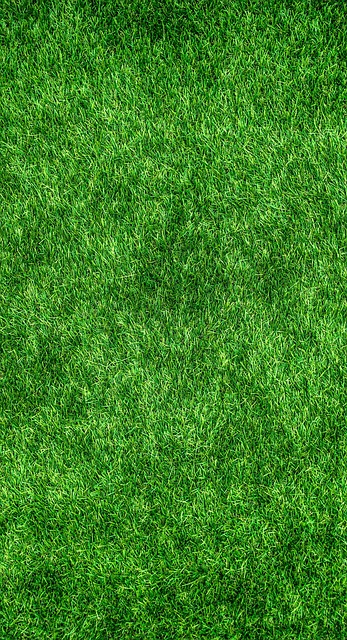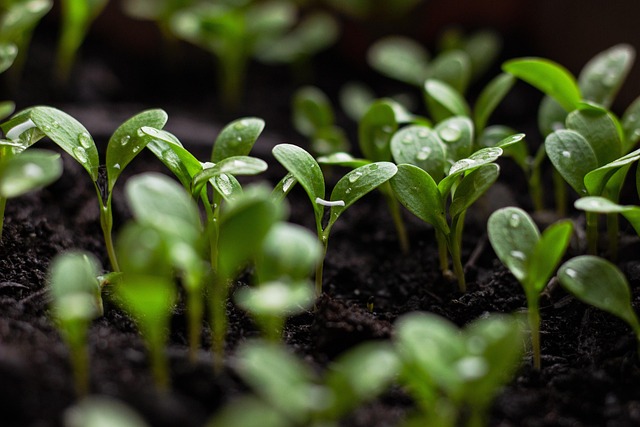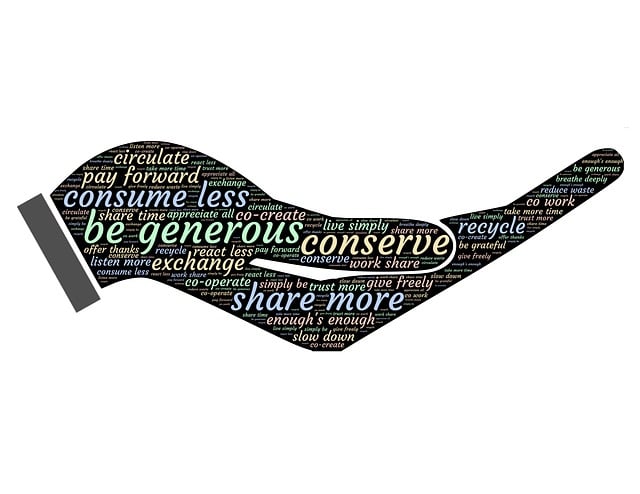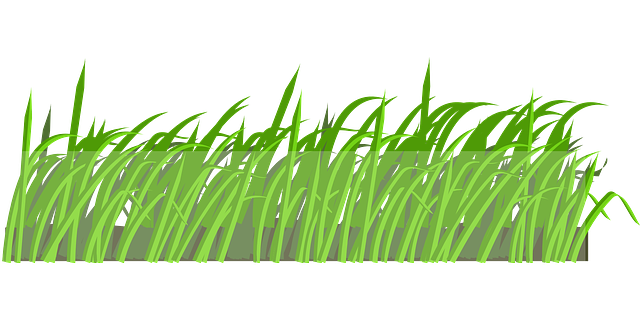In recent years, real estate design has shifted towards low-maintenance, sustainable living, driven by consumer preferences for easier lifestyles and ecological awareness. This trend includes energy-efficient appliances, water conservation systems, durable materials, and native plant landscapes. The shift balances comfort with environmental stewardship, appealing to diverse demographics from professionals to retirees. Today's market features eco-friendly practices like recycled materials, smart home technology, and green roofing, reducing maintenance costs and environmental impact.
In today’s sustainable and tech-driven world, the real estate industry is witnessing a paradigm shift towards low-maintenance designs that not only appeal to eco-conscious buyers but also offer significant cost savings. This article explores the burgeoning trend of minimalist, environmentally friendly spaces, focusing on trends in low-maintenance design, their environmental impact, and future prospects. Discover how sustainable materials, energy efficiency, and smart technology are redefining urban living, making properties more affordable and ecologically responsible.
Trends in Low-Maintenance Real Estate Design

In recent years, there’s been a notable trend in real estate design that prioritizes low-maintenance living. Developers and architects are incorporating smart, sustainable features into their projects to reduce both maintenance costs and environmental footprints. This shift is driven by evolving consumer preferences for easier lifestyles and growing awareness of ecological impact.
Low-maintenance real estate design encompasses various elements such as energy-efficient appliances, water conservation systems, and durable materials that require minimal upkeep. Additionally, these properties often feature well-planned landscapes with native plants, which not only reduce water usage but also attract local wildlife, fostering a harmonious relationship between humans and nature.
– Exploring the rise of low-maintenance spaces

In recent years, there’s been a notable shift in the real estate market towards low-maintenance spaces. This trend reflects both a growing awareness of sustainability and a desire for easier, more convenient living. As environmental consciousness deepens, buyers and renters are increasingly seeking out homes and neighborhoods that minimize their ecological impact. Low-maintenance landscapes, for instance, often incorporate native plants and drought-resistant shrubs, reducing water usage and chemical dependencies.
This shift is not just about sustainability; it’s also about saving time and money. Real estate professionals observe that low-maintenance spaces appeal to a broad spectrum of buyers, from busy professionals to retirees. By opting for homes that require less upkeep, individuals can allocate their resources—both financial and temporal—more effectively, allowing them to enjoy life without the constant burden of yard work or home maintenance tasks.
– Sustainable materials and systems

In today’s Real Estate landscape, there’s a growing trend towards sustainable materials and systems that promise not only lower maintenance costs but also a reduced environmental footprint. Builders and developers are increasingly adopting eco-friendly practices, such as using recycled and locally sourced materials, installing energy-efficient appliances, and incorporating green roofing and landscaping. These strategies not only cut down on operational expenses for homeowners but also contribute to a healthier planet by minimizing waste and reducing the energy demand of buildings.
The integration of smart home technology further enhances sustainability in Real Estate. Automated systems that control lighting, temperature, and water usage allow for precise management, leading to significant resource conservation. As these technologies become more accessible and affordable, they play a crucial role in shaping a future where eco-conscious living is the norm, ensuring a more sustainable and prosperous environment for generations to come.






